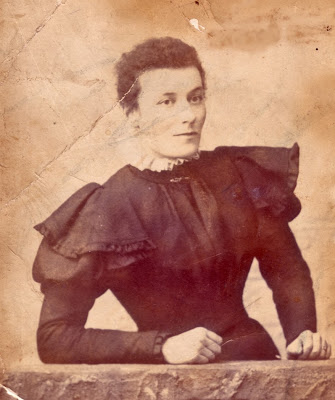Even though I live on the 9th floor of an
apartment block in central Auckland city, I still wake up to the sounds of birds
singing … and I like that … a lot! Sparrows and starlings, blackbirds and
thrushes, and tui in the right season, are all cheeping, chirping and warbling well
before I stir at around 6am. In fact, due to the intensity and permanency of artificial
light in the inner city, some of them start their morning chorus as early as
4am!
Gulls entertain me riding the thermals between
apartment buildings, and those cheeky little Australian interlopers, the
rosellas, provide a bright burst of colour as they sweep through the trees in
the park across the road. In the late afternoon, starlings rush in their
hundreds to their favourite roosting trees just down the road, so many of them that
it’s best to avoid walking beneath those trees if you want to stay poop-free! And,
as Auckland
I’ve shared photos of the birds I found in Siem Reap and in Kuala Lumpur Auckland
I was rather surprised to discover that the
White-eye or Silvereye is actually not a New Zealand native, having been first
recorded here in 1832 ... though that does make me wonder if it arrived much
earlier and there was simply no European here to record it! In the intervening
years, it has certainly made itself at home and now lives comfortably
throughout the country, from sea shore to forest edge, feeding on copious
quantities of fruit. Its scientific name, zosterops, from the Ancient Greek words
Zoster, meaning belt or girdle, and ophthalmos, meaning eye, obviously refers
to the white marking that surrounds its eyes, making it easy to identify.
The Mallard is another bird that has made itself
right at home in New Zealand
Though most of us have grown up feeding bread to the
ducks at our local lakes or rivers, it’s actually not the smartest thing to do.
The ducks usually have plenty of natural food to go around and those bits of
bread the ducks don’t eat help to nurture Avian botulism, which can paralyse
and kill both the ducks and other birds. So, next time you’re planning to take
that stale bread to your local pond, think again!
I remember being surprised during a visit to the
Amazon jungle in Peru to see a bird I recognised from home – their Purple
Gallinule (Porphyrio martinicus)
looks remarkably like our Pukeko (Porphyrio melanotus melanotus). They make the same noisy squawk and have
that same cheeky strut, flashing their white undertail. I was also surprised to
find Pukeko living right here in the central city, in a small area of untidy shrubs
and long grass, right next to a busy motorway. But they obviously thrive there,
as I was delighted to watch the antics of a breeding pair with their two half-grown
chicks as I passed by just last weekend.
In fact, last Sunday’s walk was a good one for
bird sightings, perhaps because of the rain from Saturday night’s storm. On a
grassy slope behind Auckland Museum in the Domain, I chanced upon another beautiful creature,
the White-faced heron (below, left). Once again, I was surprised to learn that this bird was self-introduced
in the 19th century and that sightings were rare until the 1960s. The blue-grey
body and white face plumage is such an elegant combination, I feel, and the
bird in my photo is apparently wearing its alternate breeding plumage, as
witnessed by the longer, blue-grey filoplumes on its breast and back.
 The ponds at the Domain are a great place to
watch the antics of another introduced bird, the Greylag Goose (above, right). James Cook
brought these first to our islands in 1773, and they are now feral in both the
North and
The ponds at the Domain are a great place to
watch the antics of another introduced bird, the Greylag Goose (above, right). James Cook
brought these first to our islands in 1773, and they are now feral in both the
North and
If you’re wondering where I got all these fascinating snippets of avian information, well, one of the huge benefits of working for Auckland
University Press, even temporarily, is receiving a free copy of their publications.
And, hot off the press this month comes Birds of New Zealand, the definitive guide to all our feathered friends and a
must-have for every Kiwi household. As well as all the pertinent facts and
figures, it has amazing images, making species identification a breeze. And
it’s not too big to bundle into your backpack when you’re off for a hike. The
perfect Christmas pressie for friends and family!
.JPG)
.JPG)
.JPG)













